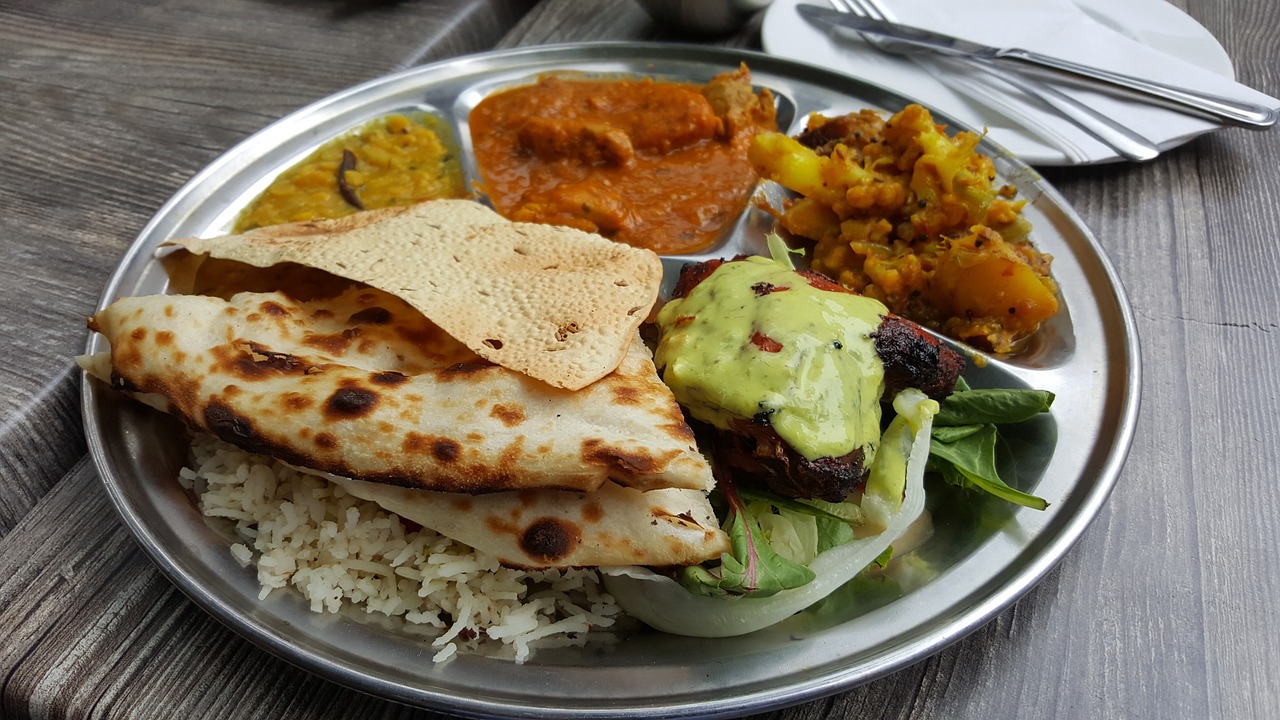In a world that’s increasingly embracing the importance of a healthy lifestyle, the Indian diet plan has gained recognition for its rich and diverse offerings. The traditional Indian diet, known for its balance of flavors and nutrition, has been praised for its potential to promote overall well-being. In this article, we will delve into the intricacies of an Indian diet plan for healthy living, exploring its benefits, key components, and practical tips for incorporating it into your daily life.
Introduction
The Indian subcontinent is renowned for its diverse culture, and this diversity extends to its culinary traditions. Indian cuisine is a treasure trove of flavors, colors, and textures, reflecting the country’s rich heritage and history. But beyond the deliciousness, Indian food is celebrated for its health benefits. An Indian diet plan, when properly balanced, can contribute to your overall health and well-being.
The Basics of an Indian Diet
At its core, the Indian diet emphasizes a harmonious blend of different food groups. It includes a variety of grains, vegetables, fruits, legumes, dairy products, and lean proteins. What sets it apart is the intelligent use of spices and herbs, which not only enhance flavor but also offer numerous health benefits.
Key Components of an Indian Diet
Grains and Legumes
Grains like rice, wheat, and millets are staples in Indian cuisine. They provide the necessary carbohydrates for energy. Legumes such as lentils and chickpeas are rich in protein and fiber, making them essential for a balanced diet.
Vegetables and Fruits
A wide array of vegetables and fruits ensures a broad spectrum of vitamins, minerals, and antioxidants. The vibrant colors on your plate signify the diversity of nutrients you’re consuming.
Proteins
Protein sources include lean meats, fish, eggs, and plant-based options like tofu and paneer (cottage cheese). These are crucial for muscle health and overall growth.
Dairy Products
Yogurt, milk, and ghee (clarified butter) are commonly used in Indian cooking. They provide calcium and healthy fats, promoting bone health and aiding digestion.
Herbs and Spices
Indian cuisine is famous for its use of spices like turmeric, cumin, and coriander. These spices are not just for flavor; they possess anti-inflammatory and antioxidant properties.
The Role of Ayurveda
Ayurveda, an ancient Indian system of medicine, greatly influences the Indian diet plan. It emphasizes eating according to one’s body type or dosha. This personalized approach is believed to promote overall health and prevent imbalances.
Balancing Your Plate
Creating a balanced meal is key to an Indian diet plan. A typical Indian meal consists of grains, vegetables, proteins, and a small portion of dairy. This balance ensures you get all the necessary nutrients in one sitting.
Meal Timing and Frequency
Indians typically eat three main meals a day with small snacks in between. This regular eating pattern stabilizes blood sugar levels and provides sustained energy throughout the day.
Hydration
Hydration is often overlooked but is crucial for overall health. In addition to water, herbal teas like tulsi and green tea are popular choices in India.
Common Misconceptions
One common misconception is that all Indian food is spicy. While spices are used, not all Indian dishes are fiery hot. There are plenty of mild and flavorful options to choose from.
Benefits of an Indian Diet:
Weight Management: A balanced diet and mindful eating practices can aid in weight management.
Heart Health: The use of heart-healthy spices and low consumption of red meat can support cardiovascular health.
Digestive Health: Probiotic-rich yogurt and digestive spices like cumin and fennel aid digestion.
Antioxidant-Rich: The inclusion of colorful vegetables and spices provides a plethora of antioxidants.
Practical Tips for Incorporating an Indian Diet:
Start slow: Gradually incorporate Indian dishes into your diet to adapt to the flavors.
Experiment with spices: Don’t be afraid to experiment with spices to suit your palate.
Portion control: Be mindful of portion sizes to avoid overeating.
Cook at home: Preparing Indian dishes at home allows you to control the ingredients and cooking methods.
Challenges and Adaptations
If you’re new to the Indian diet, you might face challenges in finding ingredients or adapting to new flavors. However, with patience and persistence, you can overcome these hurdles.
Recipes to Get You Started
To kickstart your journey into Indian cuisine, here are two beginner-friendly recipes: “Chana Masala” and “Vegetable Biryani.” These dishes showcase the depth of flavors that Indian cooking offers.
Exercise and an Indian Diet
Pairing an Indian diet with regular exercise can maximize its health benefits. Engage in activities like yoga, which complements the holistic approach of Ayurveda.
Mindful Eating
Finally, practice mindful eating. Savor each bite, pay attention to your body’s cues, and eat with gratitude. This approach aligns with the spiritual aspect of Indian culture.
Conclusion
The Indian diet plan is not just a meal plan; it’s a way of life that celebrates the connection between food, health, and culture. By embracing the principles of balance, variety, and mindfulness, you can harness the power of this age-old tradition for a healthier, happier you.
FAQs
Is the Indian diet suitable for vegetarians?
Yes, the Indian diet offers a wide range of vegetarian options, making it suitable for vegetarians.
Can I lose weight on an Indian diet?
Yes, with portion control and a balanced approach, an Indian diet can support weight loss.
Are all Indian dishes spicy?
No, Indian cuisine includes a variety of dishes with different spice levels, including mild options.
Can I follow an Indian diet if I have dietary restrictions?
Yes, the versatility of Indian cuisine allows for adaptations to accommodate dietary restrictions.
What is the role of ghee in Indian cooking?
Ghee is used for flavor and as a source of healthy fats in Indian cooking. It also has cultural significance.
